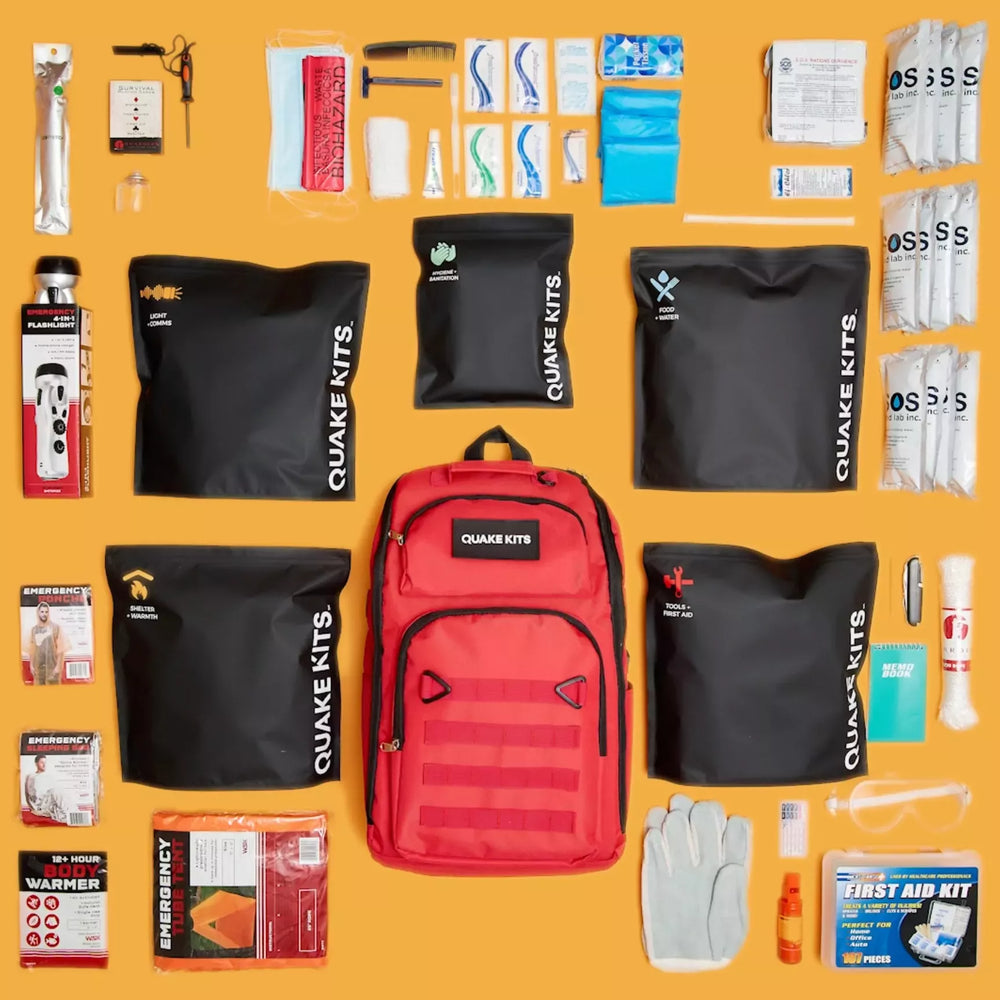Edible Plants in the Wild: Common Finds and How to Identify Them
Edible Plants in the Wild: Common Finds and How to Identify Them
In a survival situation, knowing which wild plants are safe to eat can be essential. With that in mind, it’s always important to remember that not all wild plants are edible, and some can be dangerous or even deadly. Before eating any wild plant, always confirm its identity—ideally with a field guide or expert knowledge—to avoid toxic lookalikes.
Essential Gear for Safe Foraging
Before diving into the most common edible plants in the U.S., here are a few tools to have on hand:
Foraging Field Guide: An illustrated guide can help you confidently identify plants, especially when venturing into new environments.
Collection Bag: A lightweight cloth or mesh bag is ideal for gathering plants without damaging them.
Magnifying Glass: Great for examining leaves, flowers, and small details for accurate identification.
Common Edible Wild Plants in the U.S.
Below are a few common edible plants that grow in many parts of the United States. Always remember to avoid areas that may have been treated with pesticides, and consult your field guide to confirm a plant’s safety.
1. Dandelion (Taraxacum officinale)
Where to Find It: Fields, lawns, and open spaces. Dandelions are common across the U.S. and can be recognized by their bright yellow flowers and jagged leaves.
What to Eat: Nearly the entire plant is edible! The leaves can be eaten raw or cooked, though young leaves are less bitter. The roots can be roasted as a coffee substitute, and the flowers make a colorful addition to salads or teas.
Fun Tip: Dandelions are known for their health benefits, as they’re high in vitamins A, C, and K.
2. Wood Sorrel (Oxalis)

Where to Find It: Wood sorrel often grows in shady areas, forests, and gardens.
What to Eat: The leaves, flowers, and seed pods are edible and have a tangy, lemony flavor. Wood sorrel can be eaten raw, added to salads, or even brewed as a mild tea.
Caution: This plant contains oxalic acid, so it should be eaten in moderation to avoid upset stomachs, especially if you’re consuming it in larger quantities.
3. Cattail (Typha)

Where to Find It: Cattails are usually found near water sources, like lakes, ponds, and marshes, throughout the U.S.
What to Eat: The young shoots, flower spikes, and roots are edible. The shoots taste similar to cucumbers and can be eaten raw or cooked, while the roots are starchy and can be boiled or roasted.
Fun Tip: Cattails are a versatile survival plant—their fluffy seed heads make excellent fire-starting tinder!
4. Chickweed (Stellaria media)

Where to Find It: Chickweed is found in fields, gardens, and open forests.
What to Eat: This plant’s mild-tasting leaves and stems are often eaten raw in salads, but they can also be cooked like spinach. Chickweed is packed with vitamins and minerals, including vitamin C and iron.
Caution: Chickweed has some toxic lookalikes, such as spurge, so always double-check your identification.
5. Wild Onion and Wild Garlic (Allium spp.)

Where to Find It: These plants are common in meadows, fields, and even lawns. They look and smell like cultivated onions or garlic.
What to Eat: Both the bulbs and greens are edible, adding a familiar onion or garlic flavor to soups, stews, or raw dishes.
Caution: Always confirm identification by smell; a strong onion or garlic scent is key. Avoid any plants that resemble onion or garlic but lack this scent, as they may be toxic lookalikes.
6. Plantain (Plantago)
Where to Find It: Plantain is commonly found in yards, sidewalks, and disturbed areas across the country.
What to Eat: The young leaves are edible and can be eaten raw in salads or cooked like greens. Plantain seeds can also be collected, though they’re very small, and are a source of fiber.
Fun Tip: Plantain leaves are not only edible but also have medicinal properties—they can be used to soothe bug bites and minor skin irritations.
TL;DR
Learning to identify and forage for edible wild plants is a valuable survival skill that can provide nutrition in the wilderness or just add a unique flavor to your next outdoor meal. Remember that not all plants are safe to eat, so it’s essential to double-check each plant with a reliable guide. And while it’s exciting to forage, always forage responsibly, leaving enough of each plant to ensure it can continue to thrive in its natural environment.
From tangy wood sorrel to the more familiar dandelion, wild edibles are all around. Get familiar with a few, practice identification skills, and add another layer of self-sufficiency to your outdoor adventures!








Leave a comment